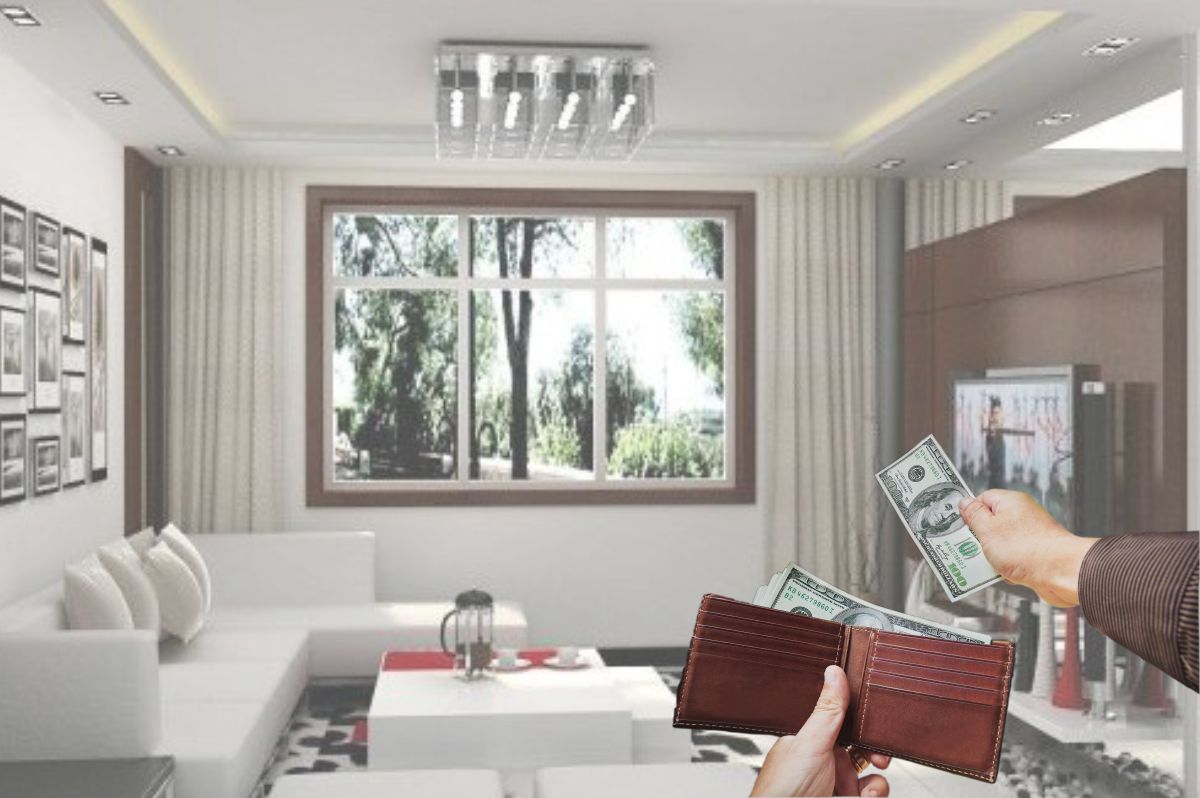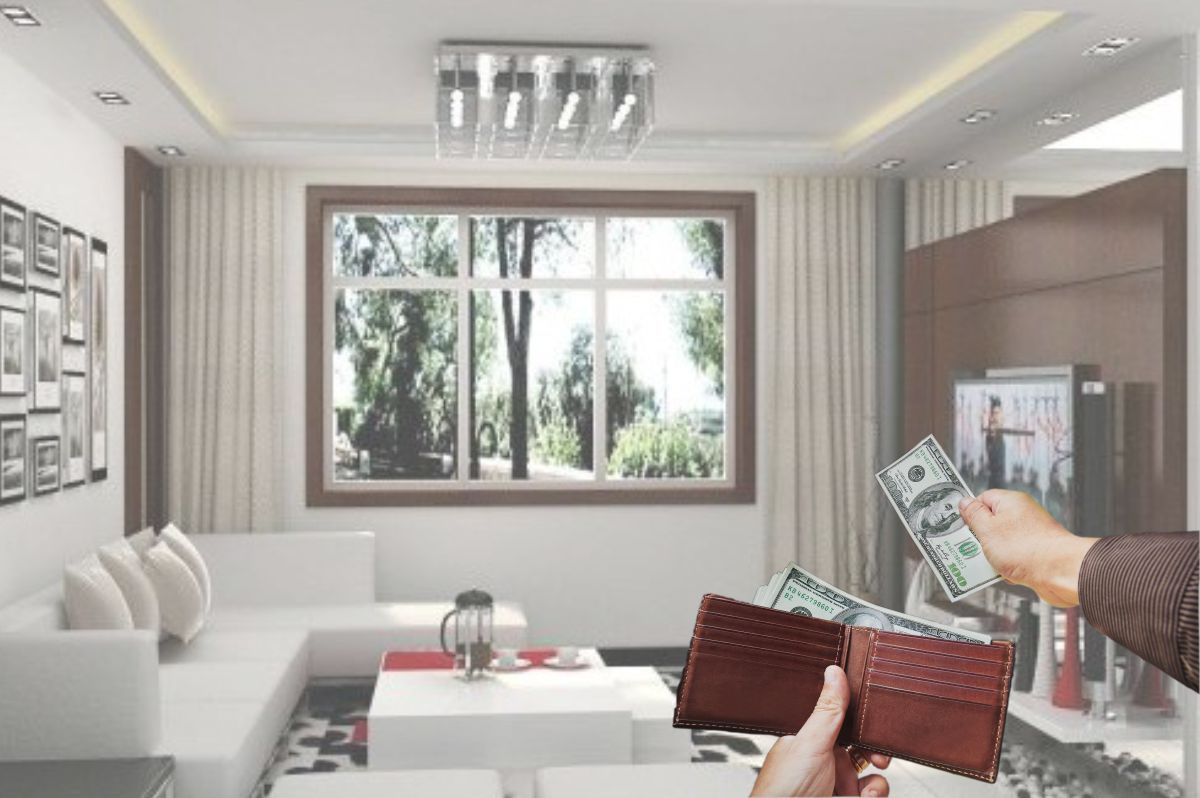The concept of simple living is now fading. Lifestyle aspirations are high and the earning capacities are increasingly matching these aspirations. People desire for a home that is ultra-plush and has a spectacular appeal. They want a home with quality and grandeur.
For many homeowners, especially first-time homebuyers, the urge to make a house your own can be strong. However, overspending on home furnishings like decorations, furniture and freestanding appliances can eat away at resources that can be better spent on other aspects of home ownership.
Before splurging on an expensive new rug to cover a damaged floor, consider investing in carpet or durable but inexpensive flooring. A rug will leave the house with you if you move and bandages the issue without directly addressing it. New flooring, on the other hand, can add value to your home and reduce vulnerabilities that homeowners’ insurance providers frown upon.
Everyone wants to personalize a new home and upgrade what may have been temporary apartment furniture for something better, but it’s suggested not to go on a massive spending spree to improve everything all at once as nice as solid maple kitchen cabinets might be, they aren’t worth jeopardizing your new status as a homeowner.
Various home improvement projects and houseware purchases are grander than others, but with a little do-it-yourself effort and prioritization, you can make choices that have a positive effect on your home’s value rather than a neutral one. Some of these expenditures might be out-of-reach in terms of cost for the time being, but setting money aside to make meaningful updates will improve your home’s valuation in the long run.
Do’s and Don’ts of Home Furnishing
Investment or Own Stay – This is the deciding factor. Though it is obvious that if you are buying a property for investment purpose then you will not spend much on Home Furnishing. You will be more liberal in budget when you are buying a property for own stay. To avoid heavy spending, whether you are buying for an investment or own stay, you should always think that you are buying for an Investment.
Movable / Detachable Fittings – You should try to opt for as many movable or detachable items as you can. It will help to carry the setup of your “home” in case you shift city or sell the home. It will also help to save the future cost. In case you are selling, you can negotiate better if most of the items are detachable. If they are fixed then it will be a loss as you cannot move them or sell them. Opt for permanent fittings and fixtures only when it is absolutely necessary.
Home Upgrade – Normally it is observed that average stay of family in the home is 7-8 years. Even if you are in same city, people either upgrade to premium location or upgrade to bigger home. These 2 are most common reasons for upgrade. Now before committing a budget for home furnishing do keep this thing in mind that in all probability whatever you are spending today is only for 7-8 years. It will help to decide, how much you are willing to spend.
Home Furnishing by Builder – A new trend is emerging these days that builder is providing Home Furnishing. It is labeled as FREE but the furnishing cost is already included in the cost of flat. You may estimate the cost of furnishing and try to negotiate with builder to reduce furnishing cost.
Budget – All said and done, here comes the main point how much budget should be kept aside for Home Furnishing. According to Square Yards GIC research report, it is advisable not to spend more than 20% of the property value for new construction and 8% for Resale flat on Home Furnishing. The reason being, furnishing expected from a property is directly proportionate to the value of the property. Most importantly, you need to provision this amount separately as it will not be a part of property value for Home Loan. Remember “A Rupee Saved is a Rupee Earned“






